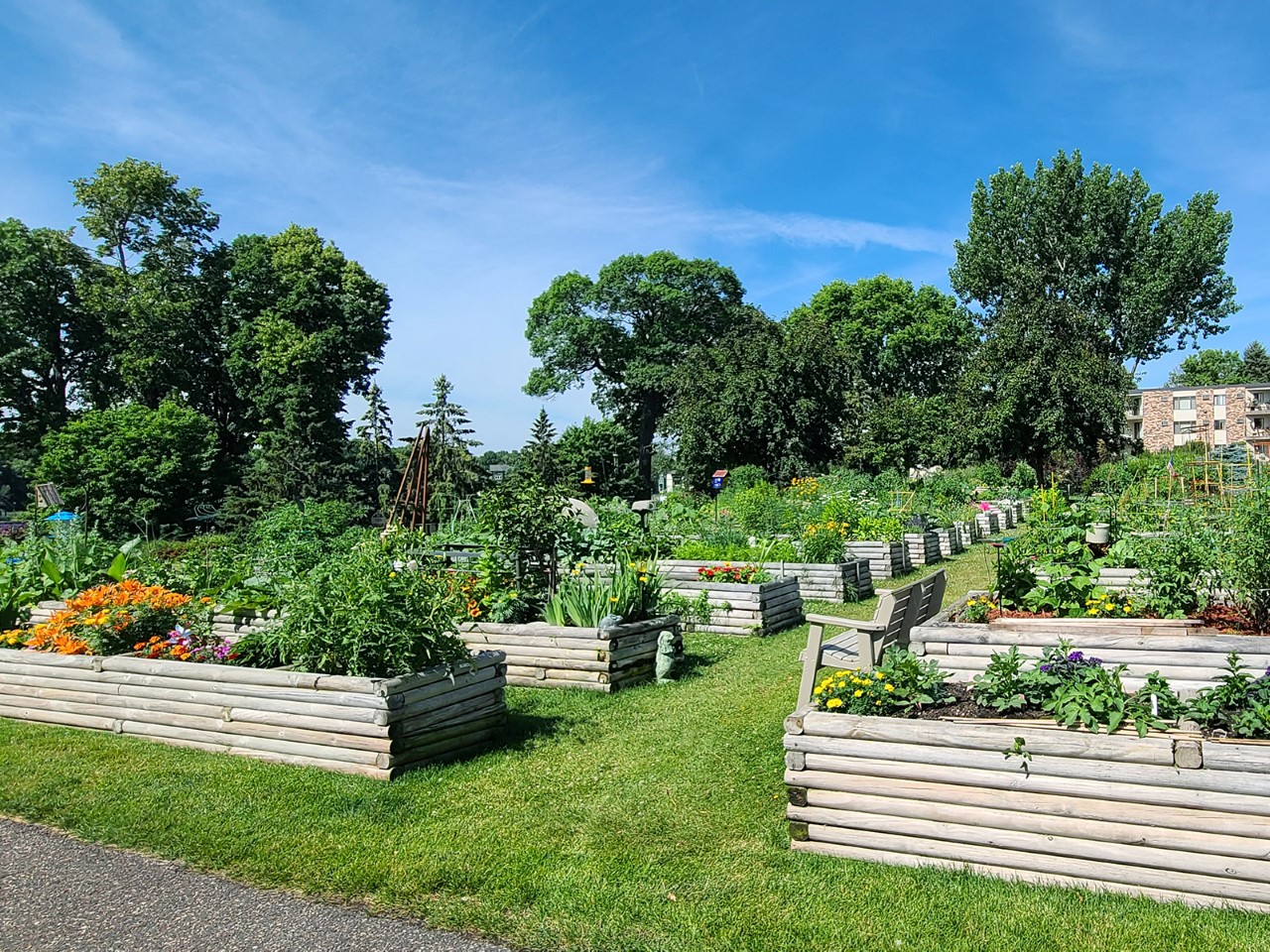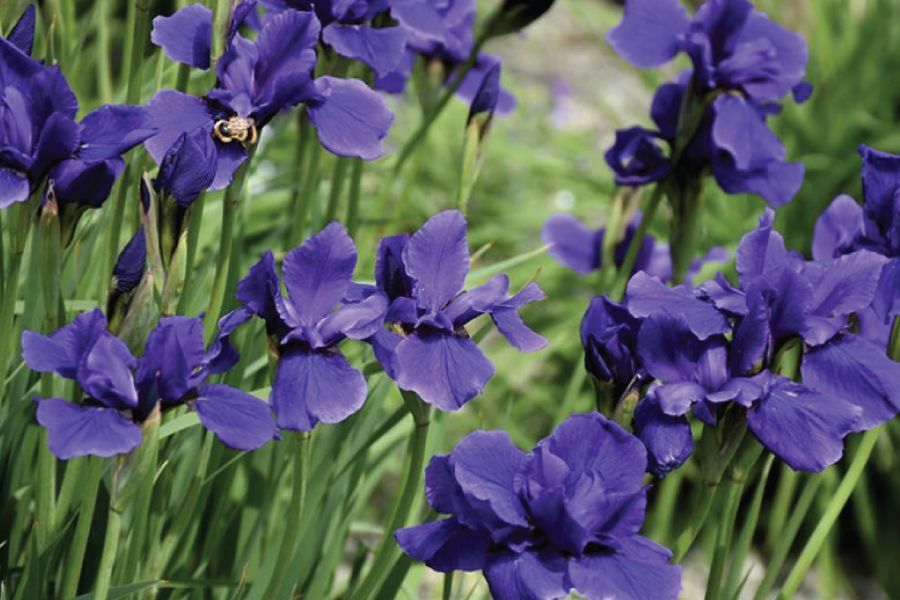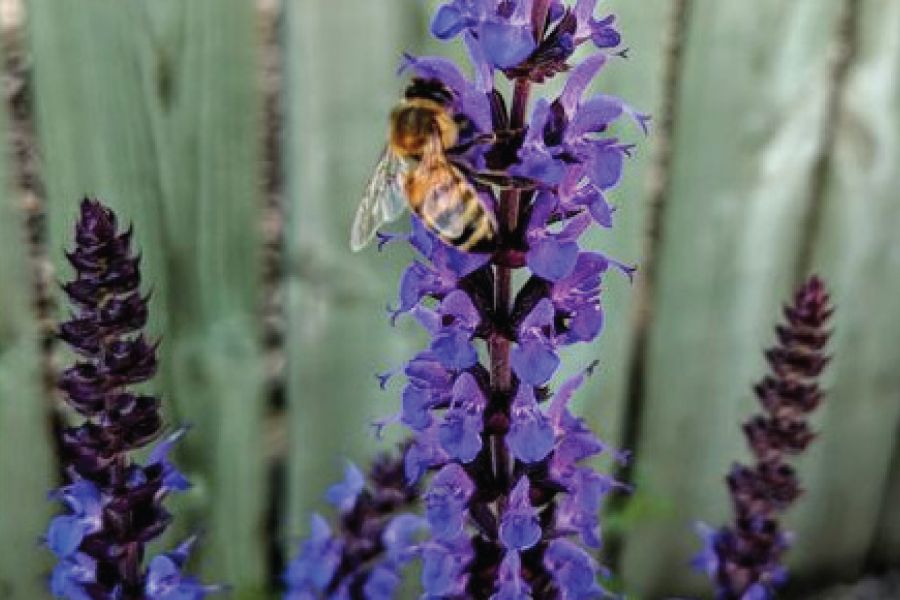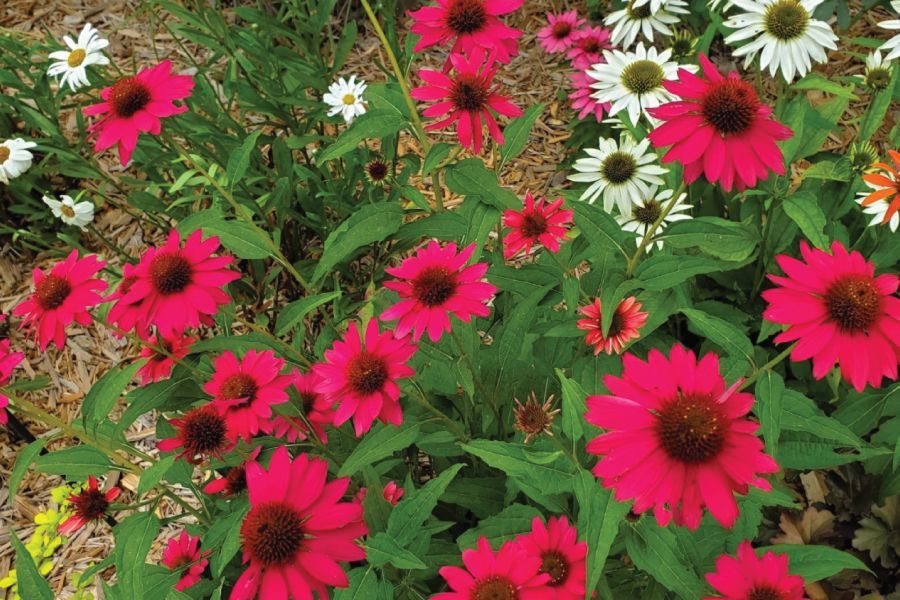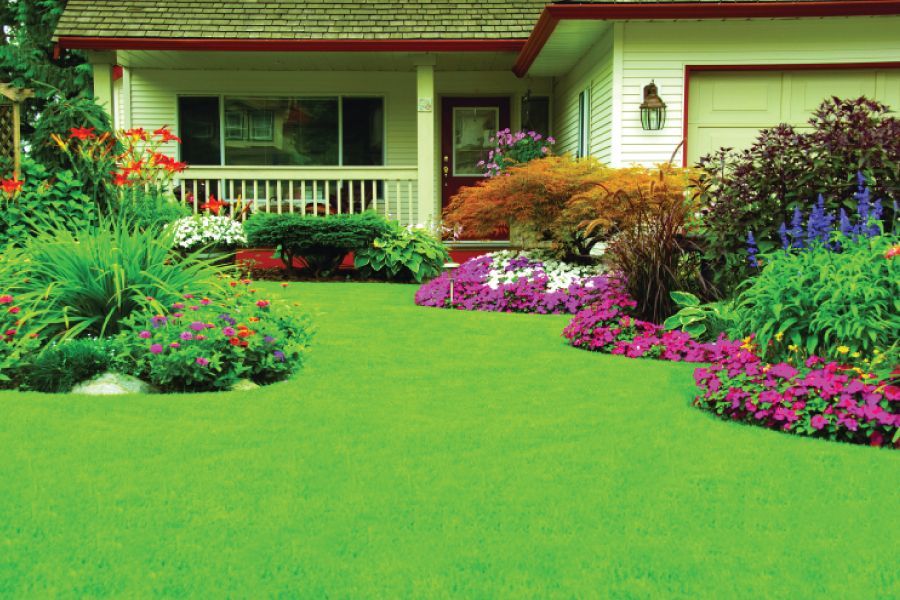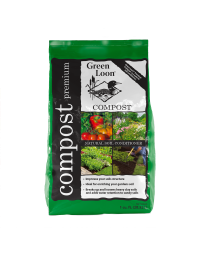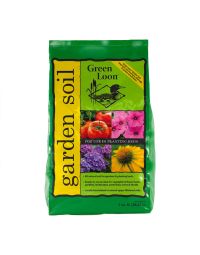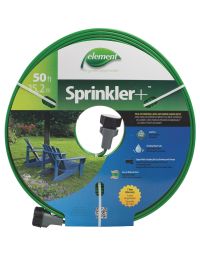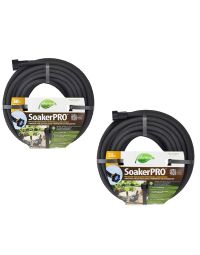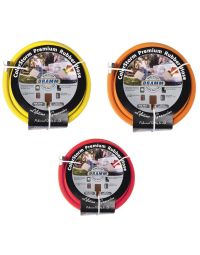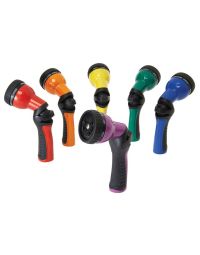Top Ten Easy Steps to Success With a Raised Garden Bed
Cindy is a Horticulturist and one of the Gertens Managers. She has been with Gertens for 19 years and loves sharing her knowledge with customers and team members. Cindy loves nature and all things growing, thoroughly enjoying watching plants grow and produce.
Note: Click on links for more product information.
Raised beds are used for vegetables, flowers and other crops. The advantages can include being mobile, adjusted to the proper height for the person using the garden bed and you can add just the right soil mix. There are numerous design options for raised beds.
Structure: This can include a raised bed on legs or on the ground. Containers also fit the bill.
Site: Find the sunniest spot in your landscape. Eight hours or more if possible. If you have less sun, then you adjust your crops which could be salad crops and/or flowers that need less sunlight.
Soil: Avoid using heavy soils in your raised beds and containers. Gertens offers a variety of soils, compost and fertilizers too. Fertilize according to the plants' needs.
Seeds & Plants: You can start with seeds or transplants. Remember to plant your vegetable crops with a harvest date and temperatures in mind. Also, some crops, such as carrots, sweet corn and beets, need to be directly sown because they do not transplant well. If you’re using transplants, make sure they have been hardened off so they can handle our outdoor climate conditions.
Planting: Some plants are considered cool crops and many others are planted in warmer temperatures (think tomatoes and peppers). Monitor the soil temperatures so roots can thrive. It's a lot easier with a soil thermometer. Gertens carries several kinds.
Fertility: Each crop you plant has special fertility needs. Visit with our experts to discuss all your options including organic and traditional.
Watering: The key is deep watering less often. Thoroughly water your beds and containers. You want good drainage and to keep the soil moist but not soggy. Soaker hoses are best. Don’t use overhead watering (sprinklers) as moisture on leaves can cause sunburn and disease problems. Timers can be added for convenience.
Monitor disease/insects: Plants under stress are typically more prone to disease, while those under less stress handle disease and insect issues much better. Monitor your plants and if you have questions, you can count on our experts to help you figure out what treatments, if any, may be necessary.
Add supports: When planting in a raised bed or container, be sure to take advantage of vertical space. This will also keep plants upright which will provide better air circulation and sunlight. Go vertical to save space too.
Enjoy and Harvest: This is the time we look forward to, enjoying and picking flower blossoms, harvesting and sharing produce. Oh, that fresh taste can’t be beat. Preserve your harvest by freezing, canning or even dehydrating!
